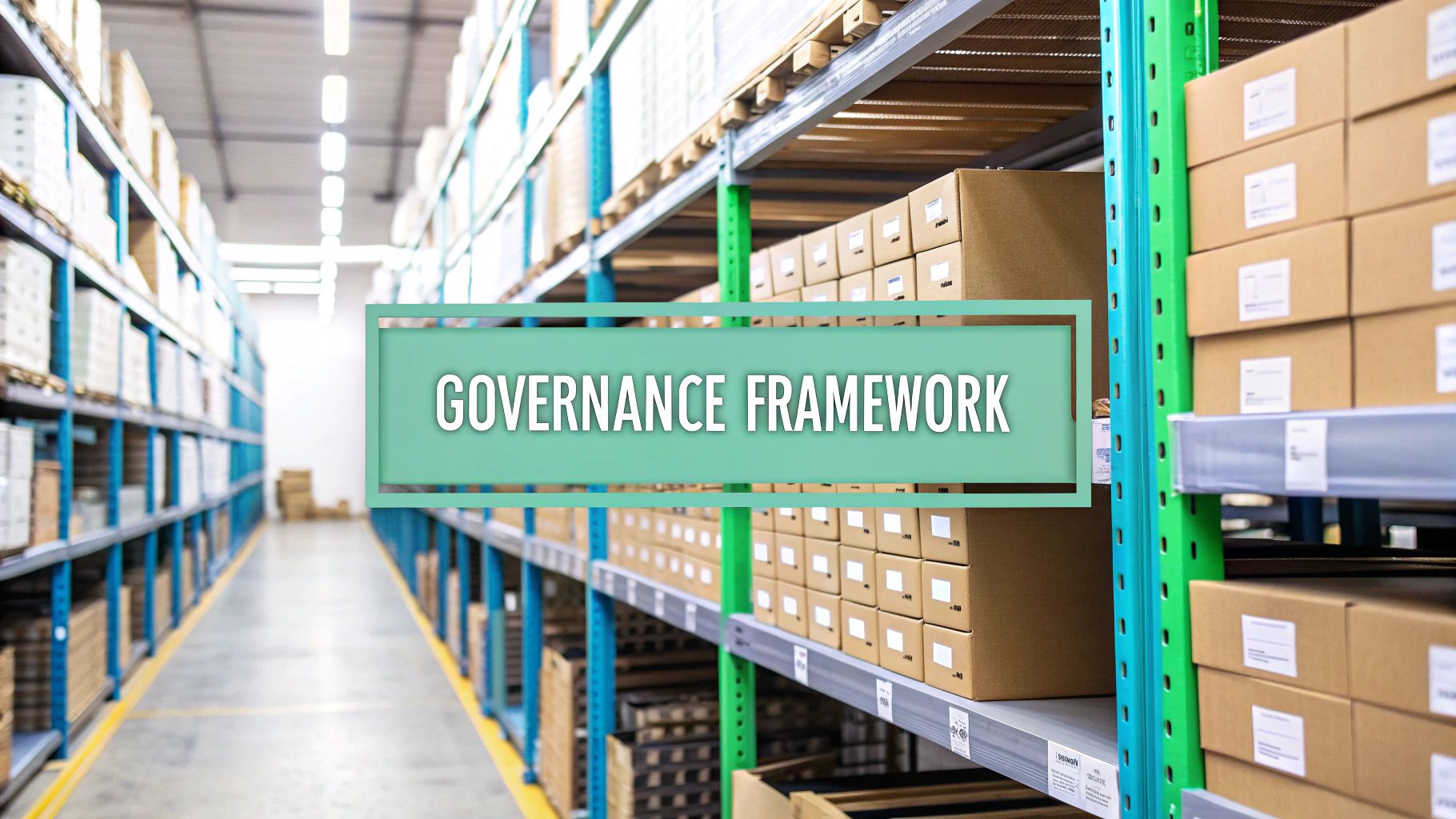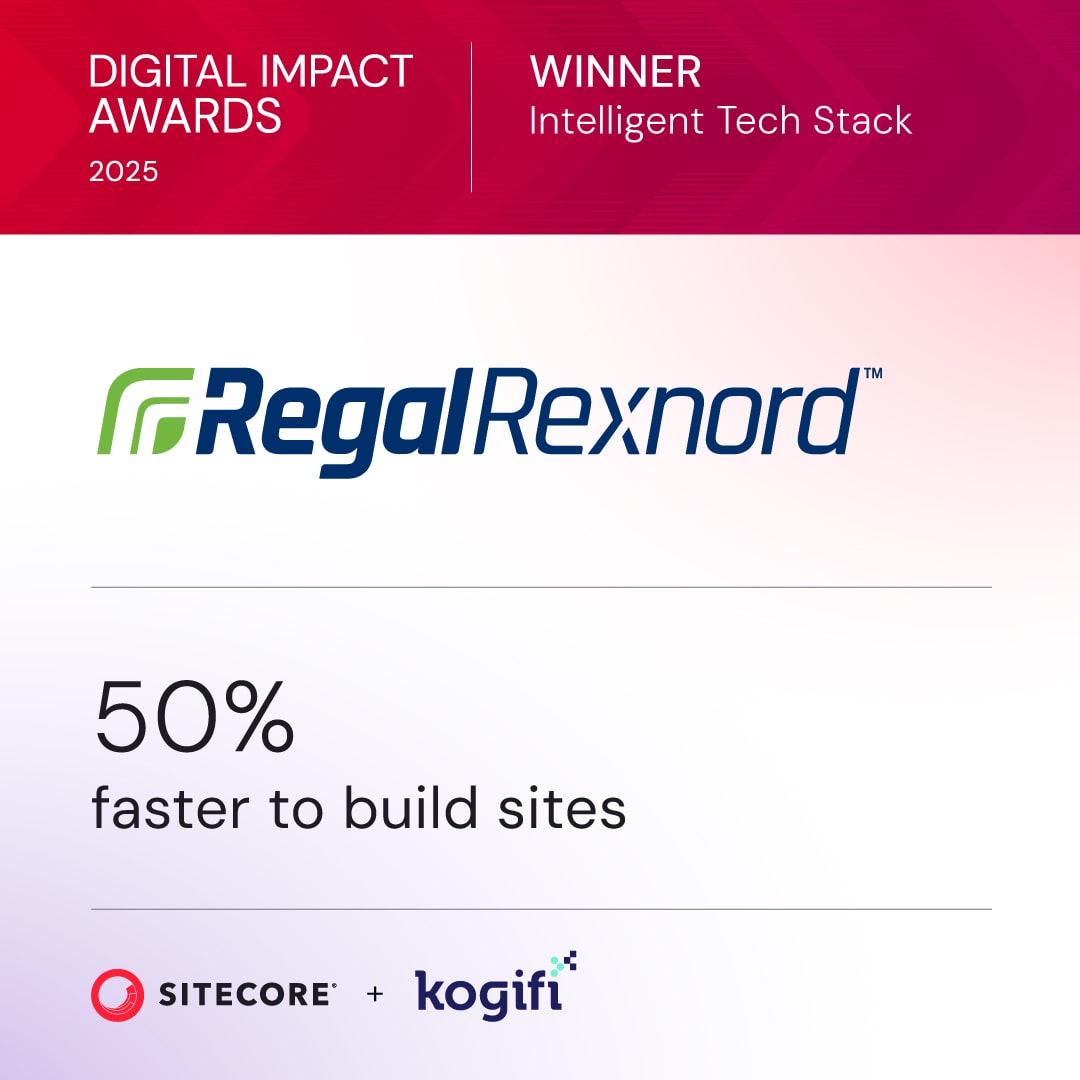For businesses relying on recurring revenue, retaining subscribers is everything. Small increases in renewal rates can lead to huge revenue gains. But traditional methods - like generic emails or discounts - often fail to address individual customer needs. That’s where AI steps in.
AI transforms subscription renewals by analyzing customer data to predict churn and create personalized strategies. Here’s how AI helps:
- Predictive Analytics: AI identifies at-risk customers early, enabling proactive outreach.
- Personalized Communication: Tailored emails and messages improve engagement.
- Self-Service Portals: Smart portals simplify renewals and reduce friction.
- Dynamic Pricing: AI adjusts pricing and offers based on customer behavior.
- Real-Time Feedback: AI analyzes customer sentiment to address issues quickly.
These AI-driven approaches not only reduce churn but also improve customer satisfaction, making renewals more efficient and scalable. Whether you’re managing a few hundred or thousands of subscriptions, AI provides the tools to make renewals easier and more effective.
AI-Powered Subscription Growth
How AI Changes Subscription Renewals
AI is reshaping how businesses handle subscription renewals, moving them from reactive approaches to proactive strategies. Instead of waiting for cancellations or missed payments, AI tools monitor subscriber behavior in real time, predicting future actions and enabling timely, targeted interventions. This shift relies heavily on deep data analysis to drive personalized and effective actions.
These systems process massive amounts of data that would overwhelm manual efforts. By analyzing factors like login frequency, feature usage, support tickets, payment history, and engagement trends, AI uncovers patterns and warning signs that traditional methods often overlook.
Machine learning takes this a step further by continuously improving with each interaction. For instance, if a subscriber who usually logs in daily suddenly reduces their activity, the AI system flags this change immediately. This could trigger a personalized retention campaign or prompt a customer success team to step in and address potential concerns.
AI also enables hyper-personalization on a scale that humans simply can't match. While a customer success manager might handle a handful of accounts effectively, AI can analyze thousands of subscribers simultaneously. It crafts individualized renewal strategies by considering factors like contract value, usage trends, industry benchmarks, and past communication preferences.
Automation is a key part of this transformation. AI-powered tools can adjust pricing, send personalized emails, update subscription terms, or tweak product recommendations - all in real time. This ensures even the smallest accounts receive attention while freeing up teams to focus on high-value opportunities.
The speed of AI decision-making provides another advantage. Traditional renewal processes might take days or weeks to identify at-risk customers and respond. In contrast, AI systems can detect churn signals and implement countermeasures almost instantly, keeping customers engaged and reducing losses.
Perhaps most importantly, AI delivers actionable insights into what drives renewals. Instead of relying on guesswork, businesses can identify the specific factors that lead to successful renewals and pinpoint behaviors that signal churn risks. This data-driven clarity makes subscription management more predictable and scalable.
Modern AI platforms also integrate seamlessly with tools like customer relationship management systems, billing software, and communication platforms. This ensures that AI insights are quickly translated into meaningful actions across all customer touchpoints, creating a cohesive and intelligent approach to managing subscriptions.
1. AI Predictive Analytics for Churn Detection
AI predictive analytics is changing how companies manage subscription renewals by spotting at-risk customers before they cancel. These systems dive into a mix of behavioral signals, building detailed profiles that predict the likelihood of churn for each subscriber. Unlike traditional methods that focus on clear warning signs like missed payments, AI picks up on subtle patterns that might otherwise slip through the cracks. This early detection creates opportunities to improve retention rates in a measurable way.
Effectiveness in Reducing Churn
By crafting individual risk profiles that update in real time, AI predictive analytics significantly boosts retention efforts. These systems constantly analyze customer behavior, learning which factors are most likely to predict renewals. High-risk subscribers can receive immediate, personalized outreach from customer success teams, while medium-risk customers might trigger automated campaigns designed to re-engage them. This targeted approach ensures resources are used efficiently to address churn risks.
Impact on Customer Satisfaction
Proactively addressing churn doesn’t just save subscriptions - it also strengthens customer satisfaction. When AI flags a subscriber showing early signs of disengagement, customer success teams can step in early to address concerns and offer tailored solutions. This shifts the focus from reactive problem-solving to delivering value, reinforcing trust and loyalty in the subscription relationship.
Scalability for Enterprise Platforms
For large-scale subscription businesses, AI’s ability to monitor thousands - or even hundreds of thousands - of accounts at once is a game-changer. These systems continuously analyze each account, making them especially useful for B2B platforms, where customer retention has a direct and significant impact on revenue. Many enterprise platforms integrate AI-driven churn prediction with customer success tools, automatically generating tasks and alerts when risk scores cross set thresholds. This ensures that insights lead to immediate action.
Seamless Integration with Existing Systems
Modern AI platforms are built to easily integrate with existing subscription management systems. They connect via APIs to billing, CRM, analytics, and support tools, pulling data from multiple sources to provide precise predictions tailored to each business model. Businesses often see actionable insights within just a few weeks of deployment.
For companies using enterprise content and digital experience platforms, AI can leverage detailed behavioral data to fine-tune churn predictions and optimize retention strategies. For example, platforms implemented by Kogifi (https://kogifi.com) demonstrate how AI-driven analytics can integrate smoothly with digital experience solutions, streamlining retention efforts while offering expert support to ensure success.
2. Automated Personalized Communication
AI has completely reshaped how subscription renewal communication happens, making it far more personal and effective. Instead of blasting out generic reminders to everyone, AI leverages customer data to send messages tailored to each subscriber's behavior, preferences, and engagement history. This approach creates meaningful, personalized interactions that are more likely to encourage renewals.
Here’s how it works: AI analyzes a variety of data points, like purchase history, feature usage, support interactions, and engagement patterns. Based on this, it determines the best time, communication channel, and message style for each customer. For instance, a mobile-first user might get renewal notifications designed for their phone, while a corporate client could receive an in-depth ROI breakdown to highlight the value of their subscription.
Effectiveness in Reducing Churn
Personalized communication plays a key role in cutting down churn by addressing potential issues before they escalate. AI can spot early warning signs of disengagement - like reduced usage or lack of interaction - and trigger targeted campaigns to re-engage those customers. These campaigns might include personalized discounts, feature recommendations, or educational content that showcases overlooked benefits of the subscription.
Timing is everything here. AI uses historical data to predict when each customer is most likely to respond. Some might appreciate a renewal offer 60 days before their subscription ends, while others are more receptive to last-minute reminders. By delivering messages at the right moment, AI ensures higher engagement and boosts the chances of renewal.
Impact on Customer Satisfaction
By focusing on relevance, personalized communication doesn’t just drive renewals - it also makes customers feel valued. When subscribers receive messages tailored to their specific needs, they’re more likely to feel understood and appreciated. This strengthens the relationship between the company and the customer, increasing satisfaction and loyalty.
AI also helps eliminate the annoyance of irrelevant messages. Instead of sending generic promotional emails, it delivers content that aligns with each customer’s actual usage and interests. For example, a subscriber who uses a specific feature frequently might get tips on optimizing that feature. This thoughtful approach fosters trust and builds a stronger connection with the brand.
Scalability for Enterprise Platforms
For enterprise-level businesses handling thousands of subscriptions, personalized communication isn’t just helpful - it’s necessary. AI can manage large-scale workflows, ensuring every subscriber gets timely and relevant messages without requiring constant manual input from the customer success team.
What’s more, AI handles communication across multiple channels seamlessly. An enterprise client might receive a detailed renewal proposal via email, while an individual subscriber gets a quick notification on their mobile device. This multi-channel flexibility ensures messages are delivered in the format each customer prefers.
Ease of Integration with Existing Systems
AI-powered communication tools are designed to integrate smoothly with existing systems, making it easy for businesses to adopt them. Through API connections, these tools sync customer data in real time, ensuring messages are always based on the most up-to-date information.
For companies using advanced digital experience platforms, AI can tap into rich behavioral data to create highly targeted campaigns. Businesses working with implementation partners like Kogifi can seamlessly connect AI tools to their existing platforms, optimizing every customer interaction and ensuring no detail is overlooked.
3. AI-Powered Self-Service Renewal Portals
AI is reshaping subscription renewal portals, turning them into smart, personalized tools that do much more than process payments. These advanced systems analyze customer behavior, usage habits, and preferences to create tailored renewal experiences. The result? A smoother process that keeps customers engaged and reduces churn.
These modern portals go beyond offering generic options. Instead, they deliver dynamic, customized content. For example, a user who frequently uses advanced features might see upgrade suggestions front and center. On the other hand, a subscriber with minimal usage could encounter messages highlighting underutilized features, encouraging them to explore more of the service.
What makes these portals even more effective is their ability to adapt in real-time. As customers interact with the portal, the AI adjusts recommendations and interface elements. If a user hesitates over pricing, the system might display testimonials or suggest cost-saving plans. This adaptive design removes obstacles and resolves concerns before they lead to cancellations.
Effectiveness in Reducing Churn
AI-powered portals actively tackle churn by addressing potential issues during the renewal process. When customers log in, the system evaluates their usage data to pinpoint any pain points that could lead to cancellations.
For example, if the AI detects signs of disengagement, it can step in with targeted solutions - all without human involvement. This might include offering tutorials for overlooked features, suggesting better-suited plans, or even applying retention discounts automatically.
Because these portals are available 24/7, customers can resolve their renewal questions whenever it’s convenient for them. They don’t have to wait for business hours or schedule calls with support teams. This immediacy helps to prevent the frustration that often leads to subscription cancellations.
Impact on Customer Satisfaction
These AI-driven portals don’t just reduce churn - they also enhance customer satisfaction. By giving subscribers more control and transparency, they create a better overall experience. Customers can easily review their usage, understand their billing, and make informed renewal decisions without feeling pressured by sales teams.
Personalization plays a big role here. When the portal remembers a user’s preferences, suggests upgrades that fit their needs, or rewards loyalty with special offers, it builds a positive emotional connection. Customers feel valued, not just as subscribers but as individuals.
Transparency is another key factor. These portals clearly show customers how they’re using the service, often with usage metrics and analytics. This level of detail builds trust and helps customers see the real value of their subscription, reinforcing their decision to renew.
Scalability for Enterprise Platforms
For businesses managing thousands of subscriptions, AI-powered portals provide a scalable solution. They handle most renewal transactions automatically, allowing customer success teams to focus on complex cases or high-value accounts. These systems are especially useful for multi-tier subscription models common in enterprise settings. AI can manage intricate pricing structures, coordinate bulk renewals for organizations with multiple users, and even align renewal schedules across departments or subsidiaries.
Additionally, these portals integrate seamlessly with procurement workflows. They understand organizational hierarchies, ensuring that renewal requests follow proper approval chains while staying compliant with purchasing policies.
Ease of Integration with Existing Systems
AI-powered renewal portals are designed to work with existing systems through robust API connections, ensuring a smooth integration process.
For companies using advanced digital experience platforms, these portals can tap into detailed behavioral data to create highly personalized renewal processes. Working with experienced implementation partners, such as Kogifi, ensures that these AI tools integrate seamlessly into existing infrastructure. This allows businesses to maximize the benefits of both their new AI capabilities and their established systems.
sbb-itb-91124b2
4. Dynamic Pricing and Incentives
AI has transformed pricing strategies from flat rates to personalized, data-driven approaches. By analyzing customer data and market conditions, AI tailors renewal pricing to each subscriber. Instead of offering a one-size-fits-all renewal rate, it evaluates factors like usage patterns, payment history, engagement levels, and competitor pricing to determine the best offer for each customer.
This system doesn’t stop at pricing - it continuously tracks customer interactions while considering seasonal trends, economic shifts, and competitor strategies. For instance, if a customer’s industry is experiencing financial strain, AI might propose flexible payment options or phased pricing that aligns with their business cycles. These offers are not only strategically timed but also customized to each customer’s unique circumstances, improving retention and refining overall pricing strategies.
Effectiveness in Reducing Churn
Dynamic pricing plays a key role in reducing customer churn by addressing pricing concerns before they become a reason to cancel. AI identifies whether a customer is more price-sensitive or value-sensitive and adjusts the renewal approach accordingly. For price-sensitive customers, it might apply discounts or suggest downgraded plans that still meet their essential needs. On the other hand, value-sensitive subscribers could receive premium offers that enhance their experience. By engaging customers during the pre-renewal period, when they’re most likely to evaluate alternatives, this approach proactively minimizes cancellations.
Impact on Customer Satisfaction
Personalized pricing doesn’t just retain customers - it makes them feel appreciated. When subscribers see offers tailored to their usage habits and loyalty, they feel recognized as individuals rather than just account numbers. Transparency in pricing builds trust, as customers can see how their costs align with their actual usage. Whether it’s a premium offer for heavy users or a cost-effective plan for lighter ones, this approach ensures fairness. Additionally, rewarding long-term subscribers with incentives eliminates the frustration of seeing better deals reserved for new customers, further boosting satisfaction.
Scalability for Enterprise Platforms
AI-driven dynamic pricing is particularly advantageous for enterprise subscription models, which often involve complex structures. These systems can accommodate multi-tiered organizations, where departments may have varying needs and budgets. AI simplifies challenges like offering volume discounts across departments, adjusting pricing for seasonal demands, and creating scalable pricing structures that align with organizational growth. By providing clear, data-backed recommendations, AI not only streamlines contract negotiations but also improves renewal success rates for enterprise clients.
Ease of Integration with Existing Systems
Modern AI solutions integrate effortlessly with existing billing and CRM systems through robust API connections. This seamless integration allows the pricing engine to access real-time data on usage, customer support interactions, and engagement metrics. With these insights, AI can deliver even more accurate pricing recommendations. Additionally, digital experience platforms enhance this process by capturing detailed behavioral data.
For instance, collaborating with a specialized partner like Kogifi (https://kogifi.com) can ensure that dynamic pricing systems integrate smoothly with your financial and operational infrastructure. Such partnerships also help maintain compliance and streamline revenue recognition processes, making the transition both efficient and effective.
5. Real-Time Customer Feedback Analysis
After implementing AI-driven pricing and self-service strategies, real-time feedback analysis takes customer retention to the next level by tapping directly into customer sentiment. AI has revolutionized how subscription businesses collect and interpret feedback, moving beyond traditional methods like periodic surveys. Instead, it continuously monitors data from support tickets, in-app interactions, and social media activity. This constant stream of insights helps businesses understand two critical things: why customers leave and what keeps them coming back.
By analyzing language and tone across various channels, AI can detect subtle signs of dissatisfaction that might otherwise go unnoticed. For example, if a customer expresses frustration in a support ticket or shows a drop in activity, the system flags these issues right away. This real-time insight enables businesses to take proactive steps, working in tandem with predictive analytics to reduce churn.
Effectiveness in Reducing Churn
Here’s a startling fact: only 4% of unhappy customers actually complain, while a whopping 95% share their negative experiences with others. AI bridges this gap by identifying dissatisfaction signals before customers escalate issues or cancel their subscriptions.
AI systems differentiate between voluntary churn (caused by factors like poor service, high costs, or lack of value) and involuntary churn (stemming from payment failures or technical glitches). Once at-risk customers are identified through feedback patterns, businesses can step in with tailored interventions - such as personalized outreach, targeted support, or exclusive offers.
For example, Mention, a media monitoring tool, used this approach to cut its churn rate by 22% in just one month. By segmenting support and automating emails to address user concerns, Mention resolved issues flagged through AI-driven feedback analysis. Similarly, HubSpot managed to retain 33% of previously dissatisfied customers by using feedback and behavioral data to address specific pain points with personalized solutions.
Impact on Customer Satisfaction
Real-time feedback analysis creates a customer-focused environment where feedback isn’t just heard - it drives action. When businesses respond quickly to concerns, customers see tangible improvements, which boosts trust and strengthens their overall experience.
AI-powered tools also enable proactive communication. Instead of waiting for customers to report issues, businesses can spot emerging problems early. For instance, if feedback reveals that multiple users are struggling with a feature, companies can roll out targeted tutorials or tweak the interface before frustration spreads.
These systems also help businesses prioritize what matters most. By identifying features customers love or find confusing, companies can fine-tune product development and focus their customer success efforts where they’ll have the greatest impact.
Scalability for Enterprise Platforms
For large-scale enterprise platforms, where managing high volumes of interactions is a daily challenge, AI-powered feedback analysis offers a game-changing advantage. Enterprises often have multiple departments using the same service, each with different needs and levels of satisfaction. AI can segment feedback by department, usage patterns, or organizational hierarchy, delivering precise insights tailored to each group.
Handling large volumes of feedback is another strength of AI systems. With thousands of interactions occurring daily across support channels, user forums, and feedback forms, manual analysis simply isn’t practical. AI processes this data in real time, identifying trends and escalating critical issues without human intervention.
For enterprise clients with long-term contracts, feedback analysis acts as an early warning system for potential renewal risks. By tracking satisfaction trends across different user groups, account managers can address concerns before they jeopardize contract renewals.
Ease of Integration with Existing Systems
Just like AI analytics and dynamic pricing, feedback tools are designed to integrate seamlessly with existing systems. Modern AI feedback tools connect effortlessly with CRM platforms, customer support software, and communication tools through robust API connections. This integration allows the system to pull in historical data, support ticket details, and behavioral analytics, creating a comprehensive view of customer feedback.
These systems work with popular tools like email marketing platforms and customer success software without requiring major overhauls. Digital experience platforms further enhance these integrations by adding more data collection points and behavioral insights.
For businesses seeking expert guidance, partners like Kogifi (https://kogifi.com) can ensure smooth integration of feedback analysis tools into existing digital infrastructures. These partnerships help maintain consistent data flow across platforms, ensuring that actionable insights reach the right teams, whether for improving customer retention or refining product offerings.
Strategy Comparison Table
Selecting the right AI strategy for your business depends on your scale, technical capabilities, and customer needs. Below is a table summarizing the strengths and considerations of each strategy, complementing the detailed insights shared earlier.
| AI Strategy | Effectiveness | Scalability | Ease of Implementation | AI vs. Traditional Methods |
|---|---|---|---|---|
| Predictive Analytics for Churn Detection | High – Identifies at-risk customers early | Excellent – Handles large datasets efficiently | Moderate – Requires integrating data and training models | Detects subtle behavioral patterns and provides early alerts, unlike reactive manual methods |
| Automated Personalized Communication | Very High – Improves renewal rates with tailored messaging | Excellent – Scales personalized outreach effectively | Easy – Often integrates directly with CRM and email tools | Delivers customized messages at scale by adapting tone and timing to customer behavior |
| AI-Powered Self-Service Renewal Portals | High – Boosts customer satisfaction and reduces support demands | Excellent – Manages high volumes of simultaneous users | Moderate – Requires portal development and AI training for queries | Delivers instant responses and evolves with usage, unlike static FAQ pages |
| Dynamic Pricing and Incentives | Very High – Adjusts pricing and offers in real time based on customer data | Good – Works well for diverse customer segments | Complex – Needs advanced algorithms and rigorous testing | Dynamically optimizes pricing and incentives, unlike fixed discount models |
| Real-Time Customer Feedback Analysis | High – Quickly captures and processes feedback | Excellent – Tracks interactions across multiple channels | Easy – Integrates with existing communication tools | Analyzes sentiment across touchpoints instantly, unlike traditional periodic surveys |
This table highlights how each strategy aligns with specific business goals, helping you make informed, data-driven decisions for subscription renewals.
For a well-rounded approach, start with predictive analytics to uncover early trends and identify at-risk customers. Then, scale your efforts with self-service portals and dynamic pricing as your customer base expands. These strategies work together to create a seamless and effective renewal process.
Conclusion
AI has reshaped subscription management, turning what was once a reactive and manual process into a proactive, data-driven strategy. The approaches we've discussed - predictive analytics for identifying churn risks, automated personalized communication, AI-powered self-service portals, dynamic pricing, and real-time feedback analysis - work together to create a seamless renewal system that delivers measurable outcomes.
The numbers speak for themselves. Companies leveraging AI for renewal management often experience a 20-30% drop in churn rates and a 15% boost in expansion revenue. For instance, a mid-sized B2B SaaS company recovered $2.1 million in at-risk revenue within six months by using AI to pinpoint and address renewal risks.
What sets AI apart in subscription renewals is its ability to uncover patterns and opportunities that might escape human analysis. It enables businesses to act early - well before renewal deadlines - by identifying underutilized features or services and initiating targeted campaigns that boost engagement and renewal rates. This shifts renewal management from guesswork to a precise and strategic process, creating a cohesive system that drives results.
Success, however, requires a structured approach. Start by centralizing your data and applying predictive analytics to focus on accounts at risk. From there, layer in automated communication and self-service tools to empower your customers while cutting operational costs. As your system matures, dynamic pricing can further refine your strategy by tailoring offers to individual customer behavior and value.
For businesses ready to implement these strategies, partnering with experts like Kogifi can make a significant difference. Their deep expertise in AI-driven personalization and omnichannel strategies, along with their mastery of platforms like Sitecore and Adobe Experience Manager, provides the technical backbone for deploying these tools effectively. Their 24/7 support ensures your AI systems stay optimized as your subscription business grows.
The subscription economy rewards companies that build strong, long-term customer relationships. AI equips you with the tools to make that happen - turning renewals from a source of uncertainty into a dependable engine for growth and customer satisfaction.
FAQs
How does AI help identify customers who are likely to cancel their subscriptions?
AI leverages predictive analytics to spot customers who might be on the verge of canceling their subscriptions. By examining historical data, engagement trends, and behavior patterns, it identifies red flags such as decreased activity, fewer interactions, or shifts in buying habits.
Catching these signals early allows businesses to step in with tailored solutions. Whether it's addressing specific issues or offering personalized retention plans, these efforts can help boost renewal rates and minimize customer churn.
How do AI-powered self-service renewal portals improve customer satisfaction and reduce churn?
AI-driven self-service renewal portals are transforming how businesses retain customers. By leveraging predictive analytics, these portals can pinpoint customers who might not renew their subscriptions and craft renewal offers or reminders tailored to their specific preferences. This proactive approach helps resolve potential concerns before they even surface.
On top of that, these portals give customers the freedom to handle their subscriptions on their own terms. With a smooth and straightforward renewal process, businesses can eliminate unnecessary hassles, making it easier for customers to stay on board. The result? Stronger loyalty and improved retention rates.
How does dynamic pricing powered by AI help improve subscription renewals?
Dynamic pricing powered by AI brings a fresh approach to improving subscription renewals by customizing pricing strategies based on individual customer behavior and preferences. By examining details like how customers use a service, their subscription history, and current market trends, AI can suggest pricing adjustments that resonate with each user.
This personalized method doesn’t just encourage renewals - it also enhances customer satisfaction by offering pricing that feels fair and relevant. On top of that, businesses benefit by balancing revenue optimization with stronger, long-term customer relationships. It’s a solution that works well for everyone involved.








































